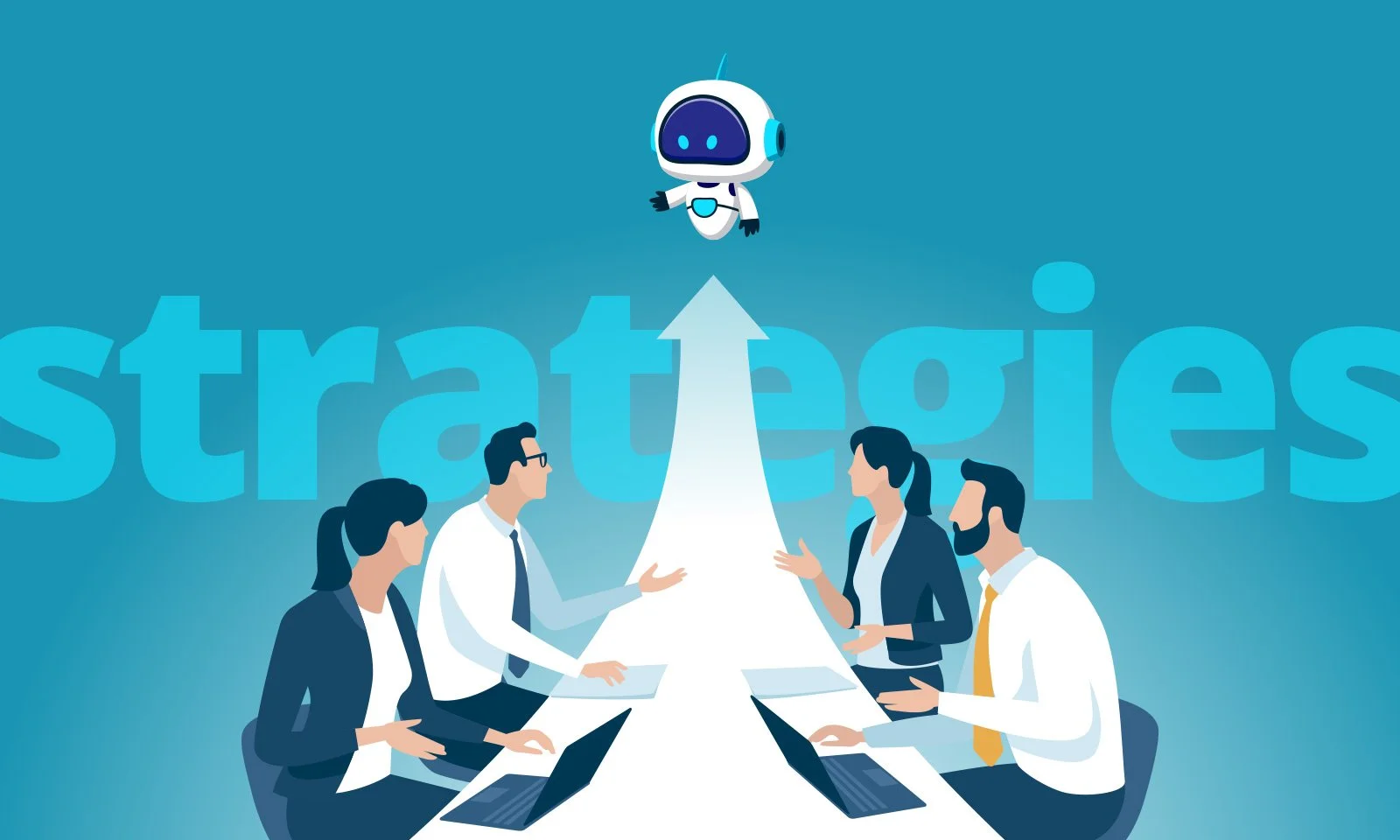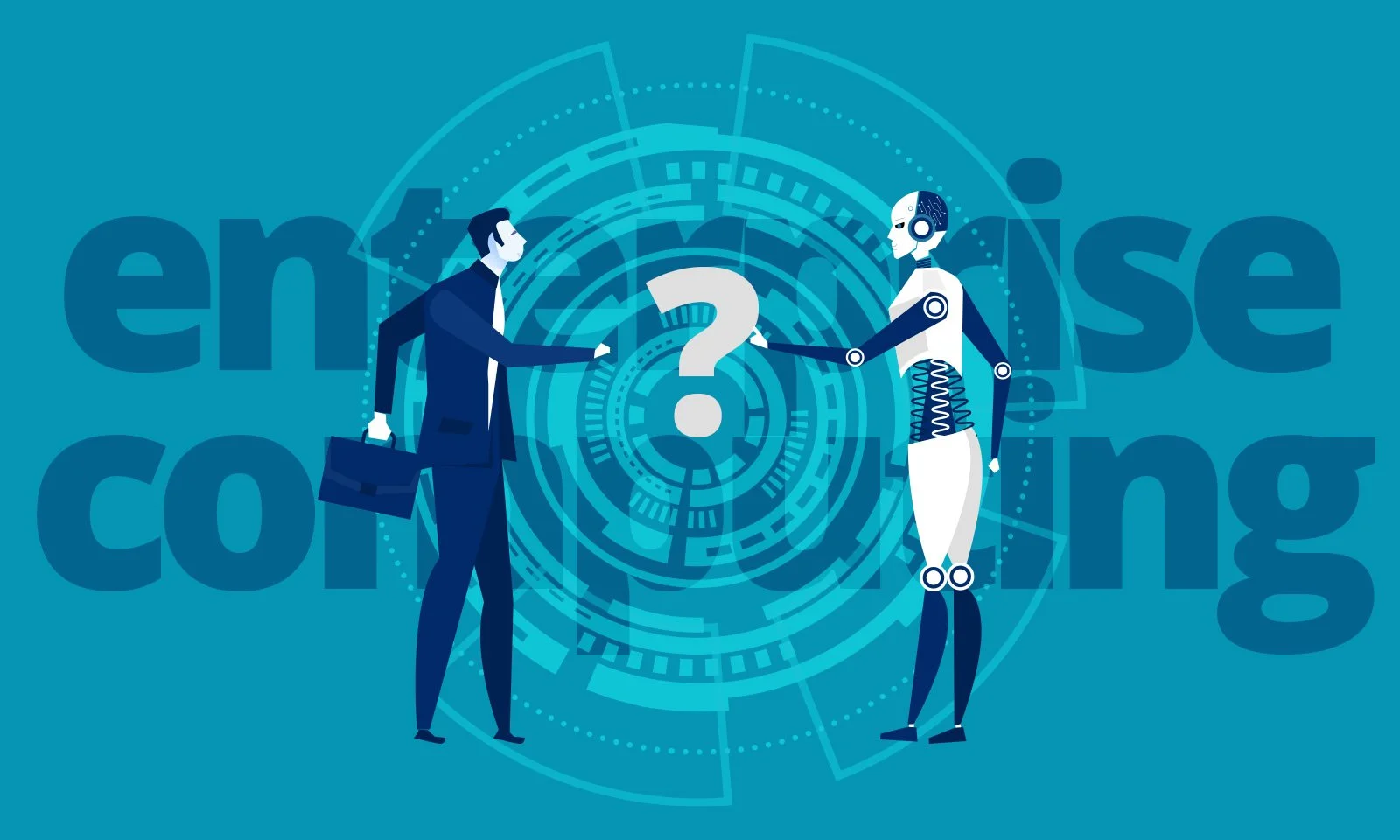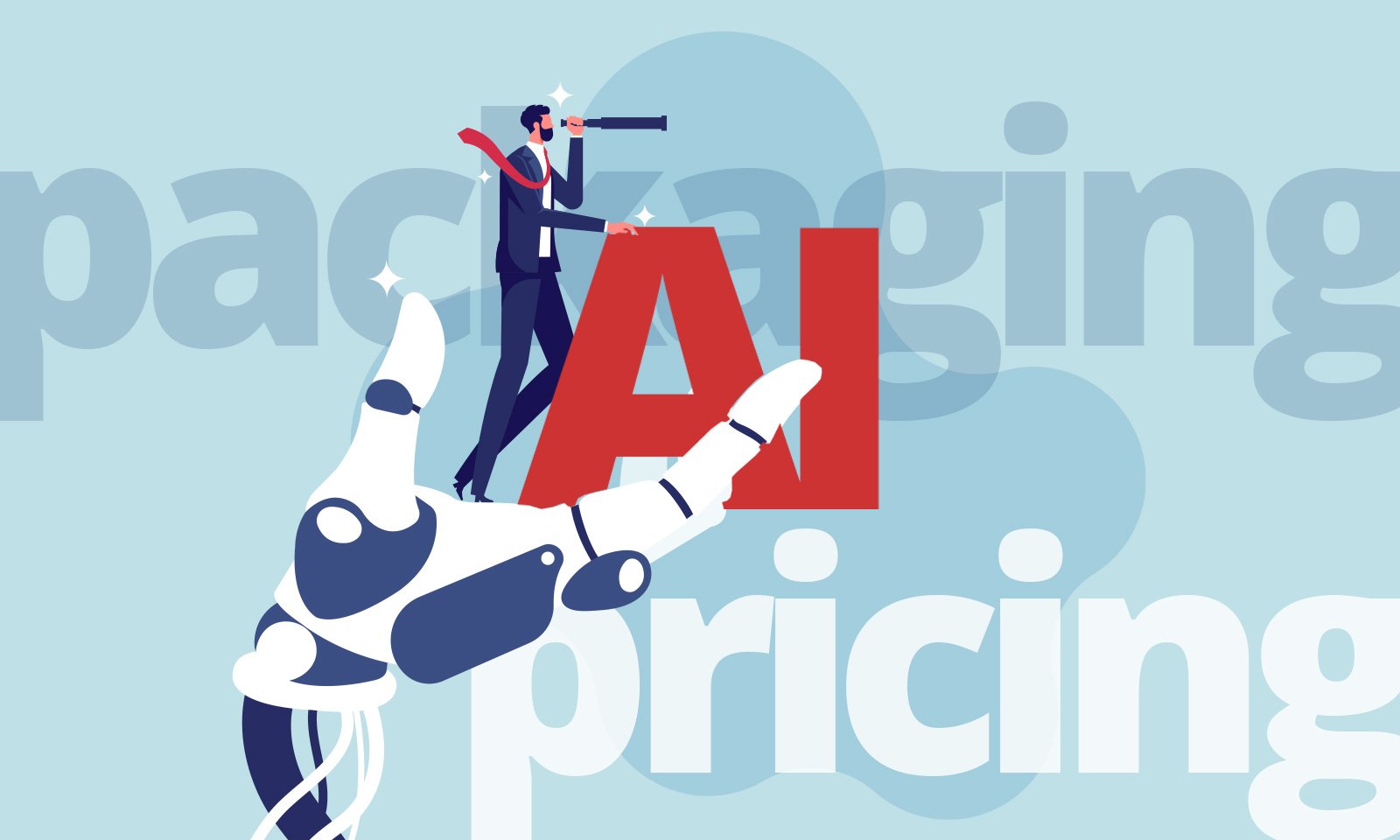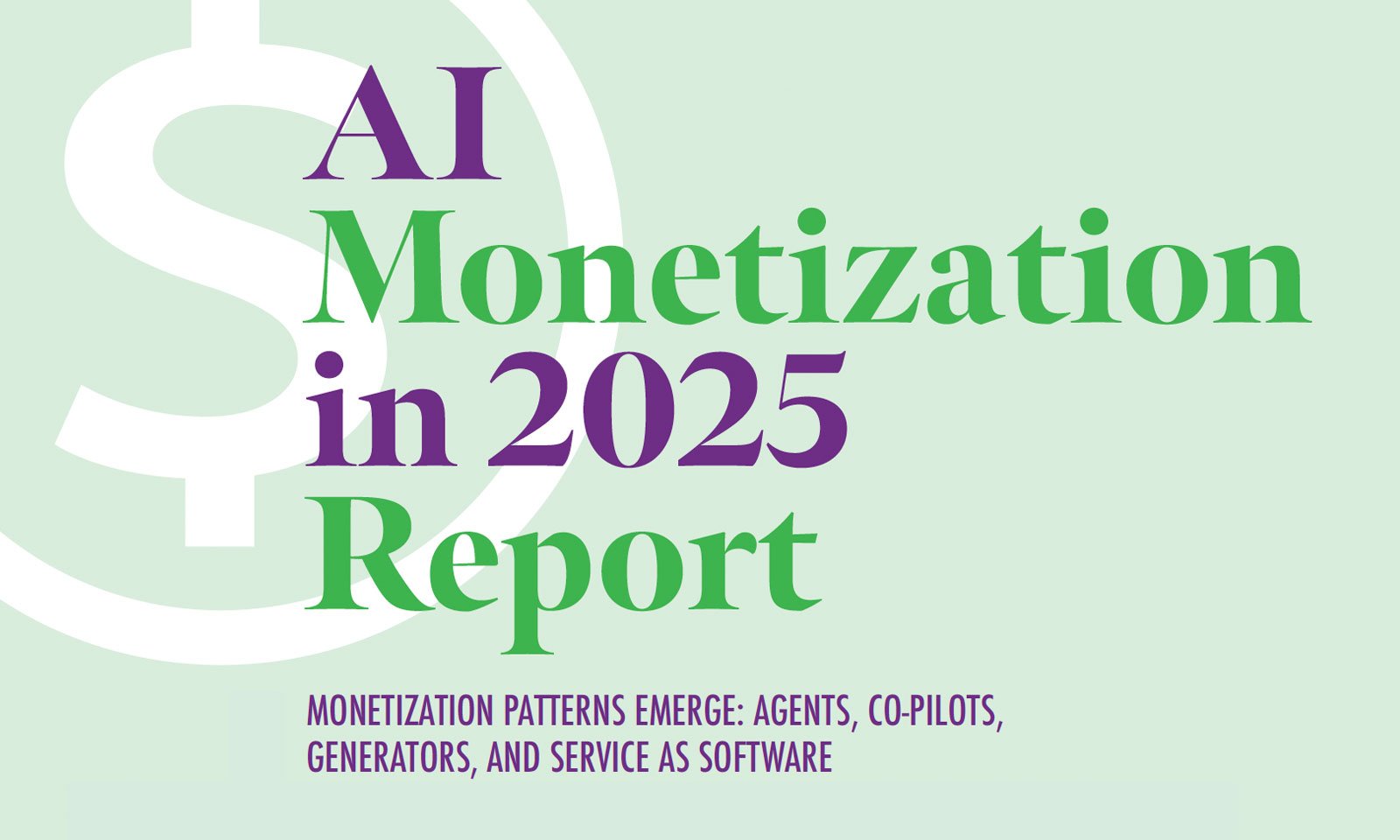THE VALUE & PRICING BLOG
The latest stories, blog articles, and pricing news from the Ibbaka team
Agent strategies at the major pricing software vendors
Agents are popping up all over as we shift from a subscription economy to an agent first economy. One example is the pricing software sector (PROS, Pricefx, Vendavo, Zilliant) where PROS and Pricefx are leading the drive to agents. Let’s compare the agent strategies of these four companies, see where there are overlaps and differentiation, and where there are gaps that innovators could drive through. How are (will) these agents be priced?
Agents: add-ons or a new layer for enterprise computing?
There are two different visions emerging for the role agents will play in B2B software. One view is that agents will be add ons to larger standard enterprise applications. The other view is that agents will become the main point of interaction and value creation. Both have quite different implications for pricing. We polled our LinkedIn communities to get additional insights into this. Of course there are multiple possible futures here and all may emerge in different B2B software sectors.
How agents are changing pricing
There has been a lot of discussion of how to price AI agents. But the busines senvironment is changing and the question has changed. Business leaders are now asking how agents are changing pricing. The rapid emergence of an AI driven agent economy is changing how we think about pricing of all B2B software and is leaking into many other conversations. This post explores these critical questions.
Agents everywhere, but what kinds, and how to price them
Agents are popping up everywhere. Vibe coding and good tooling have made it easy to develop agents. Users and buyers are looking for simple solutions that leverage AI. Agents are the result. There are two broad trends: net new agents and agents built to access functionality and data in existing apps. How do pricing approaches differ in these two cases?
The team as a frame for agent packaging and pricing
One emerging strategy for designing and pricing a family of agents is the team. Agents are being designed as complements or replacements for well established functional teams. An example of this in the data space is Brighthive. They have designed their agents to reflect well established roles on a data team.
Changing patterns in AI packaging and pricing: Intercom, Adobe, Gainsight
Over the past three months there has been a sea change in packaging and pricing for AI. The biggest change has been the rise of agents. But there has also been a shift to making AI the default. We can see that in recent moves by some of the world’s leading software companies: Intercom, Adobe and Gong.
Your customers will be building their own agents for your platform - how will you price this?
An emergent pattern in the agent economy is for companies to provide their customers with the ability to build custom agents that sit on their platforms and help the customer get more value. These are often called User Built Agents. How is value created for customers with this new functionality? How will it be priced? Ibbaka used it value model generation AI to explore these critical questions.
Prompts to read Value Pricing and Billing for the agent economy
On April 24 Ibbaka published some important research on pricing and billing in the agent economy. This is the first in depth report on the emergent Agent Economy. Agents are becoming one of the primary ways that generative AI functionality is being brought to market. The report is rather long, more than 80 pages, and in today’s high paced world not everyone will want to invest the time to read in depth We get that. Here are a series of prompts, and responses from Perplexity, that give different entry points into the report.
How to price AI agents
Pricing AI Agents is a critical challenge for pricing and innovation in 2025. Two approaches have emerged so far, the Ibbaka Agent Pricing Layer Cake and the Growth Unhinged Agent Pricing Matrix. Let’s look at how these work and how they can be used to price AI agents. As credit based pricing is becoming common for AI agents the two approaches are combined to address this.
Value Pricing and Billing in the Agent Economy
The Agent Economy is rewriting the rules for B2B software and launching a revolution as important as the one Salesforce launched back at the beginning of the 21st C with its ‘No Software’ SaaS business model. Ibabka has compiled extensive research, including primary research, on the implications of agents for value, packaging, pricing and billing. This extensive report will help you execute on the changes we all need to make.
Pricing in the agent economy
The agent economy will replace the subscription economy and most value currently captured within enterprise software will be delivered by agents. This will require new approaches to pricing. By combining the Jobs to be Done approach to pricing with the Ibbaka AI agent pricing layer cake there is a path forward for Agentic AI companies.
What just happened! Pricing in Q1 2025 with Karan Sood, Marcos Rivera and Steven Forth
2025 is shaping up to be an interesting year, and a lot has already happened. In Q1 we have seen some important developments.
Join Steven Forth from Ibbaka, Marcos Rivera from Pricing I/O, and Karan Sood for a dynamic webinar on "What Happened in Pricing in Q1 2025". Marcos, Karan, and Steven are all informed, opinionated and outspoken.
Has OpenAI reframed the anchor price for AI?
OpenAI is testing a new framework for packaging and pricing AI agents. One that resets the anchor prices for AI from tens or hundreds of dollars per month to thousands or tens of thousands of dollars per month. What is happening here? Will it work? What does this mean for other types of agent?
Why tokens and credits are becoming a standard approach to pricing AI solutions
Tokens and credits are becoming a popular way to price AI agents and applications. Why is this? They offer a unique combination of predictability that is important when pricing early stage general purpose technologies or when there are too many use cases for conventional value based pricing. Design of credit or token based pricing requires special attention to balancing the different pricing incentives.
Three dimensions for generative AI apps and implications for value and pricing
There are three key axes for B2B AI applications that are leading to six basic approaches to application development. The three axes are: is use episodic or ongoing, does it support decisions or make decisions, and is the application intended for defined problems or open problems. This has a big impact on value and pricing models. Understanding where your application is placed frames value and pricing design.
How to communicate value and price when your buyer is an AI
Many agents are being introduced to the market to help with the saes process. There are AIs for Sales Development Representatives, for crafting sales content and for analyzing calls. Most modern CRMs use AI to predict what will close and when. What will happen when these agents encounter agents acting for the buyer? This is happening today and the world is about to get a lot weirder. We offer case studies for buyers of CRMs and sales intelligence.
Questions for the “AI Monetization in 2025” Webinar with Mark Stiving and Michael Mansard
The Ibbaka AI Monetization in 2025 survey report is getting a lot of interest as it has the deepest data on how AI-enabled B2B SaaS and B2B AI are being monetized. On January 23 Ibbaka will have a webinar with pricing and monetization experts Mark Stiving and Michael Mansard to go deep into the findings and recommendations.
AI Monetization in 2025
Ibbaka’s second Annual report on AI Monetization is now available. The report is based on a survey of more than 300 B2B companies that are bringing AI enabled or AI applications to market. It includes four mini case studies, proposes four emerging packaging patterns and defines three different approaches that companies are taking. The report is essential reading for anyone in the B2B AI applications space.
From tokens to tasks - how will OpenAI price o3?
OpenAI has released its newest reasoning model o3. How will it be priced? Will OpenAI move from token pricing to task pricing? How would task based pricing work for o3? How would it impact pricing of agents and applications using o3?
Four packaging models for 2025 and how to price them: generators, agents, co-pilots and service as software
Commercialization of B2B generative AI is coalescing around four patterns: Co-Pilots, Agents, Generators and Service as Software. Which pattern will dominate in 2025? How does one price each of these patterns? Prepare for change in 2025.
Never miss an update
Subscribe to the Value & Pricing Newsletter to get insights that help you supercharge your growth.
























